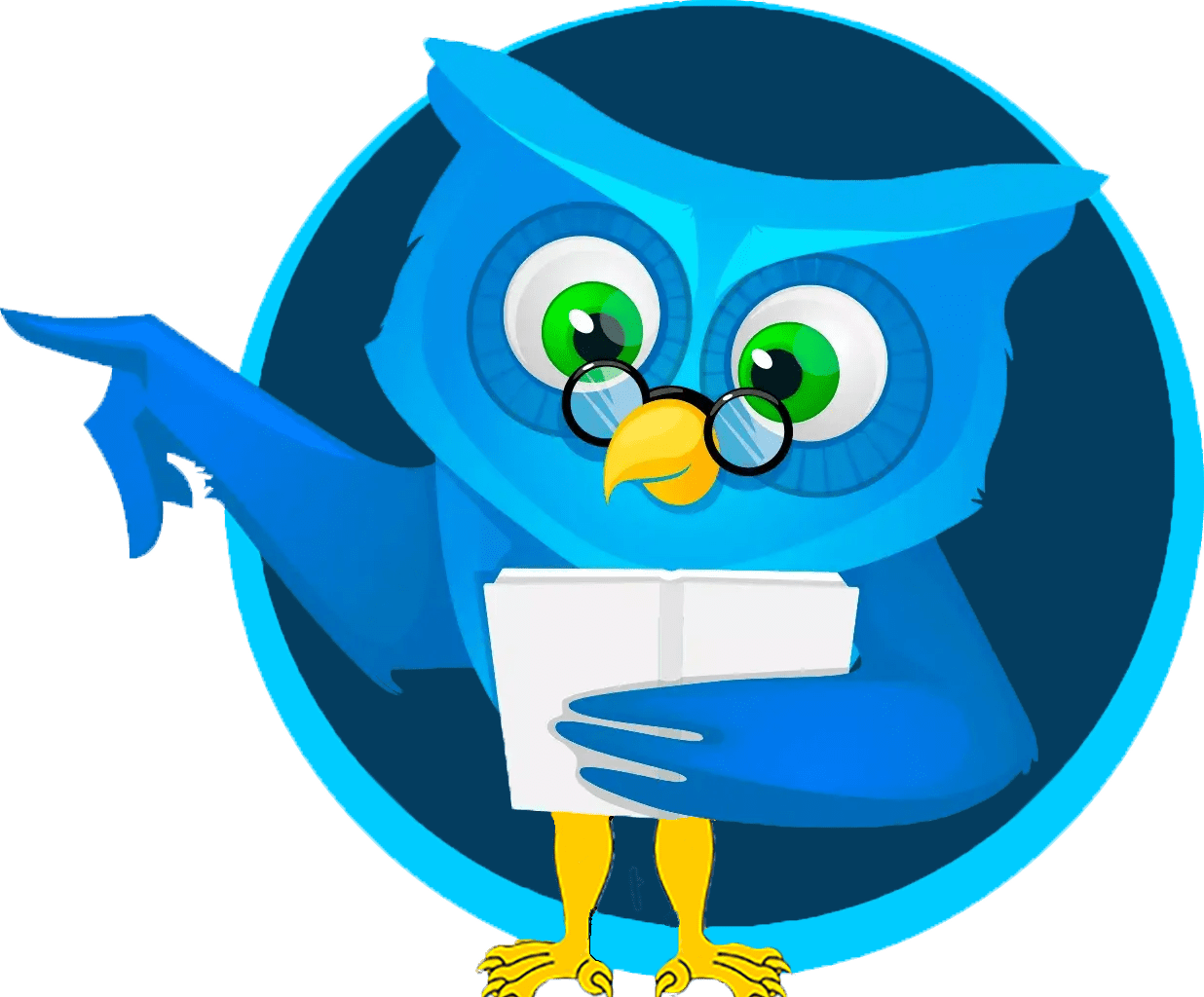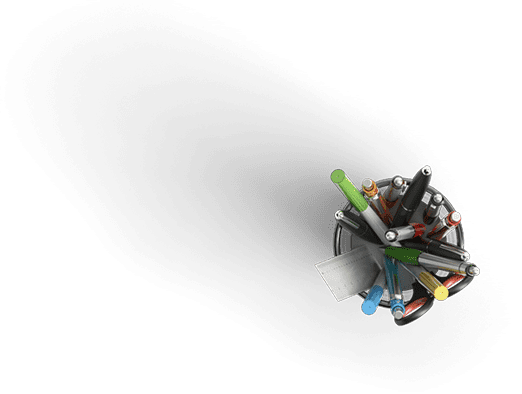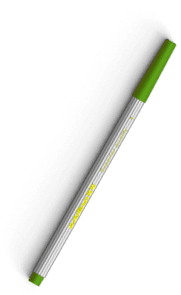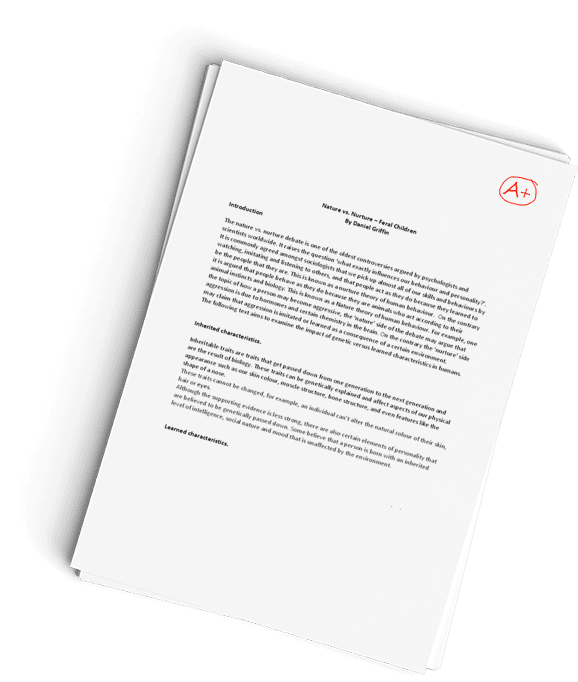Response to at least TWO Classmates 2
Question Description
Discussion 1:
What is Ellis’ thesis or main argument?
- Ellis main argument is this monster love has been around for a long time and it is a story that serves as a metaphor for arranged marriage or at least that is how it started. It then snowballed into the monsters taking the cultures purest thing, which happens to be white women and people finding humanity in monsters. Monsters will sometimes represent everything that is disliked during the era of the media and unfortunately that is people of color, LGBTQ, and people with disabilities. These stories have been adapted in so many ways throughout the years from children movies like Disneys Beauty and the Beast to adult books and film like Guillermo del Toros The Shape of Water. In the Shape of Water, Guillermo is able to make the relationship with monster and girl look effortlessly and classy, not creepy like the 1976 version of King Kong. Where Kong is creepily blowing air at Dwan.
What does Ellis use to back up her claims? What kind of examples does she share with her audience?
- Ellis uses multiple film, media, and books to back up her claim. She uses famous examples of films like Beauty and the Beast, Shrek, and King Kong. She uses video clips from each film to show you how the monster is being portrayed in each culture and generation. The first example she uses is Madame LeBrun de Beaumonts story of Beaty and the Beast, which was to promote good manners in children and women. Another example she uses is folktales from different places all over the world and relates it back to our current generation and what is going on. She does a great job at using different examples from different forms of media like art, movies, and stories. She also does a great job at bringing in another person as an example to show their viewpoint and how they feel. She uses a gay POC to tell us how he feels about people like him being negatively portrayed in the media.
Does Ellis try to appeal to your logic, your emotions or both? Think about the big three rhetorical strategies (ethos, pathos, logos) and discuss: Does Ellis effectively appeal to her audience? (Remember to use specific examples.)
- I think Ellis does try to appeal to our logic and emotion in a couple of ways. She firstly begins by talking about the ethos and lets the viewers know what was going on in that culture and community and what they chose to believe during that time. For example, in the 1950-60s, movies like the King Kong, promoted fear of primitive beings coming from Africa and taking their white woman. I do not think she uses much of ethos to try to get her points across, but she does invoke feelings of weird happiness. I am happy for the monster in the Shape of Water but I feel again, some type of way since he is a monster dating a human and having sexual relations with one. As for logos, she does bring up a couple of stories that are religious that directly relate to the topic of bestiality as well.
What connections or parallels can you make between Cohen’s chapter, Rabin’s article, and Ellis’ video?
- The connections I can think of the top are my head are those of Rabin and Ellis. Rabin believed that the Kong movies had subliminal messages about what they really meant. Rabin states that the final King Kong movie, Kong: Skull island, represented our fear of the Viet Kong while Ellis explains that all these movies are because of our cultural anxieties that were happening at the moment like the desegregation, wars and so on. They both relate that beauty seems to be the only thing that can kill beast. Which in the U.S. always happens to be a white woman? Another connection I can make is that Cohen stated that the monster will represent everything that the culture does not find culturally acceptable like being gay or disabilities or the color of your skin. Ellis states the same thing when she brings up the movie the Birth of a Nation.
What was your biggest takeaway or AHA moment from this Talk? What interested you or surprised you the most?
- The biggest takeaway from this talk or honestly what surprised me the most is how much it has been adapted throughout the years and how long the concept of this story has been around. The story of Beauty and the Beast has itself been around long before Disney took the concept. I genuinely though Disney thought of that on their own. I would have never made the connections on my own. It has been there in plain sight and yet I would not have known it metaphorically relates to things so negative. I am glad I got to view this talking essay because it expanded my viewpoints on many subjects. Shrek is one of my favorite movies so looking back and thinking about all the references there were to its past counterparts. Another takeaway is how open Guillermo del Toro is and how much of an amazing creative he is. I really loved the movie The Shape of Water, even if it was a little strange.
What was your AHA moment from this video or what stuck out to you most?
- My AHA moment is that I feel exactly like Readus does, I am also attracted to Beast. I love that he brings up a personal experience and uses his own stories to relate to the viewers. Now that I know someone else feels the same way as I do, it is not as weird. They are portrayed as monsters but, they are not bad at all. They are metaphors for human beings who are capable of love and attention as well. I do not like how even today; these are subtle representations for people of minority beings. I do also like that he used so many different examples. I feel like the more variety you bring into something to prove your point, the better you do at it. I felt like I related to a majority of things he was saying, more than to Ellis. Another topic that stood out to me was when he used Marilyn Monroe as an example as well.
What connections can you make between this video and Cohen’s chapter or anyone of the other sources we’ve covered?
- The connections that I can make between this video and Cohens chapter is that Cohen stated that monsters will represent what the culture does not find acceptable during that time. Readus also states the same thing and uses examples by saying that monsters are usually things or people that we can relate to. I think both authors are following the same line or guides with what they are thinking about the film and media. They both see the monsters being portrayed as what they are. They see what is going on in their culture and they see how it is translated onto the silver screen. Like I said before, I would have never made the connection they made right away. The first step to stop doing this is to recognize what they are doing wrong, so I am glad people are recognizing the mistakes of the past.
How does this source expand, alter, or improve your knowledge of monsters and how we can analyze them through the lens of race and class?
- This source expands my knowledge of monsters and how we can analyze them through the lens of race and class by showing me what we are doing wrong to begin with. We are still making movies that portray people of color, or LGBTQ as the so called monsters. We should be past that by this point of time but unfortunately, we are not. I think the more we bring attention to the topic, the better chance we have at it possibly changing. It obviously has not changed for a while so it is naïve of me to expect it to change soon, but it will happen throughout time, or so I hope. Being sensitive to different cultures, disabilities and backgrounds is extremely important to move forward in a way that des not affect or insult anyones cultures.
Does Readus try to appeal to your logic, your emotions or both? Think about the big three rhetorical strategies (ethos, pathos, logos) and discuss: Does Readus effectively appeal to his audience? (Remember to use specific examples.)
- I think Readus does appeal to our logic and emotions but just like with Ellis he only uses ethos and not pathos or logos. He is able to describe what the current culture was going through and their anxieties being portrayed in stories and films and he brings in examples as well. He uses Beauty and the Beast and Monsters Inc as examples of how he is attracted to Beast and to Sully with their human like characteristics. While Beast is an actual human with a spell on him, Sully is a monster who grew up like a human. I feel like Readus does effectively appeal to his audience. I think he does a great job at using plenty of different examples to prove his point of how minorities are portrayed and how these monsters have a nicer inner self.
Discussion 2:
- What is Ellis’s thesis or main argument?
In the modern era, Lindsay Ellis argues that we’ve moved toward more empathetic depictions of our monsters. What we usually saw in those old B-movies from the 1950s, Ellis says, was that unlike the ferocious beast that lusted after Perfection, there was a strapping white hero. Yet we started to understand the insidious undertones of this entire dynamic somewhere down the way. Then the monster who takes care of his own business is abducted into modernity. The strapping hero who only learns by aggression how to fix problems. The passive woman who lived only to be swept away by the monster’s shouting. So later depictions of beauty-beast-monster tales have changed a great deal. Starting with the media revolutions of the late ’60s and ’70s,” she continues, “there was renewed interest in finding humanity, even the attraction, in the things that scare us.” Monsters that we can see in today’s movies, such as the one in The Shape of Water, are often treated as empathetic representations of outsiders in society.
2.What does Ellis use to back up her claims? What kind of examples does she share with her audience?
Lindsay traces Mary Shelley’s Frankenstein’s trope to Disney’s Beauty and the Beast in the popular Universal Monster Movies. When the motivation formed, she claims, based on which societal anxieties the monster depicted (marriage, technology, ethnic integration, Communism) and how the piece felt about the beast in question, it also took on different coding.
Lindsay says every storytelling culture maps out dating practices with “beast partners.” From ancient Rome with Eros and Psyche’s myths to the old Norse folktale East of Sun, West of Moon and an Indian variant has a girl in an arranged marriage to a snake, where the heroine is happy being in her arranged snake marriage. There is also a Chilean version which is identical to Eros and Psyche. In all these stories, the female characters have the duty to change their partners into a loving person by self-sacrificing their life and marrying an animal. We all know that girls are brought up to be a good wife rather than a good individual. Lindsay says all these movies were created from the cultures that existed long ago.
3.Does Ellis try to appeal to your logic, your emotions, or both? Think about the big three rhetorical strategies (ethos, pathos, logos) and discuss: Does Ellis effectively appeal to her audience? (Remember to use specific examples.)
Ellis does appeal to my logic and emotions as a woman. As a woman, I have always thought about why women need to be beautiful, pure, sacrificing, and compassionate, which is the main element of female monster movies. We can that men are always represented as a symbol of power and domination; beauty or body features don’t affect men as it affects women. The male characters in monster movies are solid, robust, and dominant. The fact that society thinks women are fragile is the one reason why female monster characters rarely exist. The part where Lindsay talks about arranged marriage also made me sit and think. She says that most of the animal bridegroom stories originated when arranged marriages were the norm in their respective culture. What she says is, “Many an arranged marriage must have seemed like being tethered to a monster.” She points out that the stories like ‘Beauty and the Beast’ may have furnished women with a socially acceptable comfort and advice channel.
4.What connections or parallels can you make between Cohen’s chapter, Rabin’s article, and Ellis’ video?
Cohen’s chapter, Rabin’s article, and Ellis’ video have made many parallel connections. One such link is portraying the monster as an outsider who comes from a different planet or some mystery island. Another most crucial point made between Cohen’s chapter, Rabin’s article, and Ellis’s video is monsters as male characters. We have very films where females are given monster characters. There are some movies where female monsters are seen as wicked and crooked, whereas male monsters are mostly seen as lonely creatures with anxiety and dominance. Three of them in their works have shown how misogynistic all these movies and fairy tales are. Picturing women as a symbol of beauty and for men, the beauty lies within is another part pointed out by Cohen, Rabin, and Ellis. Monsters are also empathized by the actress or heroine of any novel or movie as they are lonely, sad, and ugly. Monsters are also creatures that look ugly outside but are beautiful inside, as depicted in many films.
5.What was your biggest takeaway or AHA moment from this Talk? What interested you or surprised you the most?
I was so glad that Lindsay brought monster Del Toro. It is critical that, physically or mentally, the beast of del Toro’s romance does not transform. Del Toro was more interested in the empathy that was there from the start, and without needing to adjust, the creature was embraced for who and what he is. And that represents evolving sensitivities. People are more interested in the monster’s suffering than in chasing him (or, occasionally, her) down and murdering him. I felt despondent when a gang killed the beast. I recall telling my parents that I feel sad for the monster, that before these random people turned up, he was just kind of worried about his affairs. The part where she talks about Del Toro was my AHA moment.
Many stereotypes exist in our society; one such stereotype portrays women as pretty, sacrificing, loving, and compassionate, whereas men are always seen as the symbol of aggressiveness and dominance. An interesting part of the video is that Lindsay Ellis is asking to break these social trends present in the film industries from the olden days until today.
The Shape of Water: Falling in Love with Monsters (Feat. Lindsay Ellis) | READUS 101
- What was your AHA moment from this video, or what stuck out to you most?
The moment from this video that struck me out the most was when Readus explained the relationship between the woman and the humanoid creature in the movie The Shape of Water. Readus says he can understand why the actress in The Shape of Water attracted the amphibian man. He says, “Regardless of who we are and what our nationality, what we look like, and who we love, we want to be looked at the same way Elisa describes the amphibian man looking at her.” The movie’s scene where Elisa describes how the amphibian man looks at her and how it makes her feel complete. That one part of the film describes why Elisa fell for such a weird creature because all we need is love and acceptance; we all need someone who looks at us as our reflection. Readus explaining this part of the movie was a heart-touching moment for me and made me understand beauty lies within both men and women.
2.What connections can you make between this video and Cohen’s chapter?
For most of us, Monsters are creatures that destroy peace, happiness, and all other material things. The idea of monsters scares us all. Cohen’s chapter and Readus’s video describes monsters as an empathized creature. They tell how isolated, painful, and anxious life they are leading. Readus explains that when humans see monsters, isolation, fear, pain, and want to be accepted and loved, compel humans to reach out and make them know that kindness exists in the world and teaches them what love is. Cohen has written, “the monsters can be half-human, half-animal, not fitting them into either category, or they may have some other deformity or social characteristic that prevents them from being defined as a specific species.” These things make the monsters weird and difficult to exist, which adds fear and pain in them, as seen in most movies and books. Both Readus and Cohen explain monsters as a normal creature which lacks affection and normal life.
3.How does this source expand, alter, or improve your knowledge of monsters, and how we can analyze them through the lens of race and class?
I have always had this picture of monsters as a cruel, ugly, and hateful creature. This video created by Readus made me understand; there is also kindness and love within monsters. When Readus spoke on Sullivan’s Monster Character, he shed my heart and helped me see the other side of the monster, and he also showed the scene where Sullivan was hugging a kid he used to scare. When Readus explained the relation between Elisa and the amphibian man from the movie The Shape of Water, it touched my heart. This video will make us understand that we all need love and acceptance irrespective of our class, race, nationality, or gender. For the first time, I can accept the other side of a monster, which is sweet and kind. Whether it’s an organization or equality or a very twisted pair of claws, monsters can represent what’s missing in our lives. Perhaps this is why they are so attractive.
4.Does Readus try to appeal to your logic, your emotions, or both? Think about the big three rhetorical strategies (ethos, pathos, logos) and discuss: Does Readus effectively appeal to his audience? (Remember to use specific examples.)
Readus appealed to my emotions. As a human being, I used to think about monsters in a wild and gross way. I didn’t see the other side of the monster, which is sweet and kind; like this, every human being has two sides. We never know what is happening or had happened in a person’s life until we know them closely or talk to them. We all have this habit of judging a book by its cover. There must be some situations that make a person do wrong to others, but there will always be a good side. All those cruel people we meet in our life are monsters for us, but we all should know that their inner self must be craving for love and kindness. Readus explained the monster character Sullivan from Disney Pixar movie and showed the scene where Sullivan, who scares children throughout the film hugging a kid, is the perfect example of how a person can accept their past mistakes understand kindness and acceptance exist around them.
- Your response to at least two classmates should be 150-200 words long and be more than “I agree” or “I like what you said.” Engage in conversation!
Have a similar assignment? "Place an order for your assignment and have exceptional work written by our team of experts, guaranteeing you A results."








